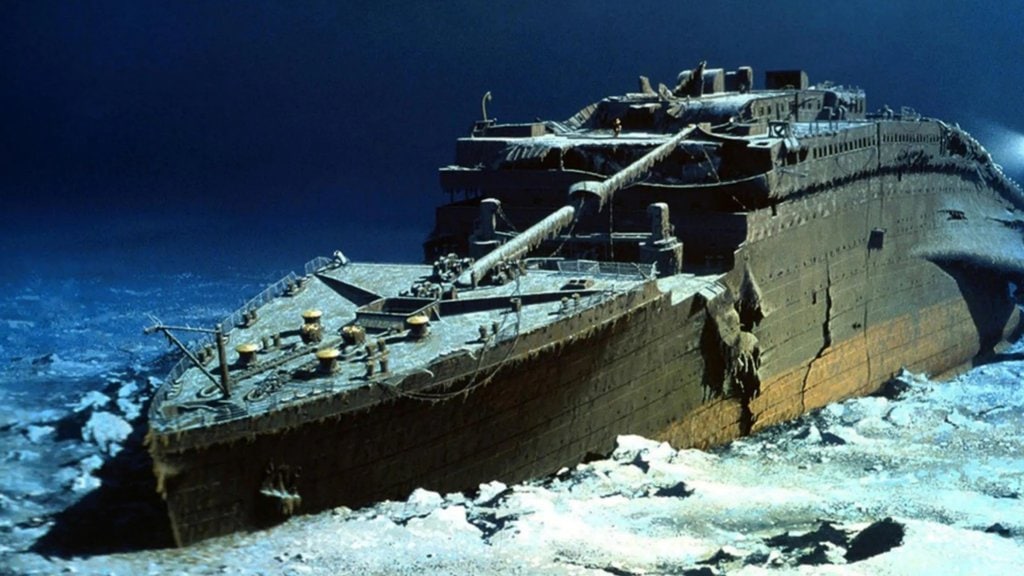The iconic necklace from the movie Titanic, reminiscent of a bygone era, has found its real-life counterpart. Although lacking the extraordinary blue diamond, the authentic necklace possesses allure. Crafted from a Megalodon shark tooth and adorned with gold jewelry, this precious artifact once belonged to a passenger aboard the ill-fated ship.
A Lost Neckless on the Titanic

The Titanic tragically sank to the depths of the Atlantic in 1912, and for over a century, the necklace remained lost within the wreckage, concealed from view. However, recent technological advancements and an ambitious underwater scanning project have brought it to light. Magellan, a Guernsey-based firm, undertook the monumental task of capturing 700,000 images of the Titanic wreckage using two submarines.
The images were transformed into a moving scan, providing unparalleled insights into the remnants of the ship. Among the debris, furniture, and structural remains, the necklace’s centerpiece — the sharp-toothed Megalodon tooth — stood out in captivating detail. Richard Parkinson, CEO of Magellan, described the find as astonishing, beautiful, and breathtaking, unveiling a glimpse of history frozen in time.
Titanic’s Wreckage Was Scanned
Although the necklace could not be physically recovered due to an agreement between the UK and the US, which prohibits public removal of artifacts from the site, Magellan has embarked on a quest to locate the rightful family owners with the aid of artificial intelligence or AI. Utilizing facial recognition and clothing analysis, AI technology will scrutinize footage of the 2,200 passengers who boarded the Titanic, aiming to identify the necklace’s original owner. This innovative approach holds the promise of reuniting the precious heirloom with its rightful custodians.

The journey to rediscovering the necklace also shed light on the extensive debris field spanning three square miles between the Titanic’s bow and stern. By meticulously mapping this area, the Magellan team could discern intricate details that had remained hidden for over a century. Their meticulous efforts have deepened our understanding of the Titanic’s tragic fate and also unveiled the vastness of the ship’s resting place.
Jan Eliassen, captain of the MV Freja ship from which the scans were conducted, expressed his awe-inspiring experience upon viewing the site where the Titanic met its watery grave. Reflecting on the darkness that engulfed the sinking ship and the passengers’ harrowing ordeal, he acknowledged the profound emotional impact of witnessing history unfold beneath the ocean’s surface.